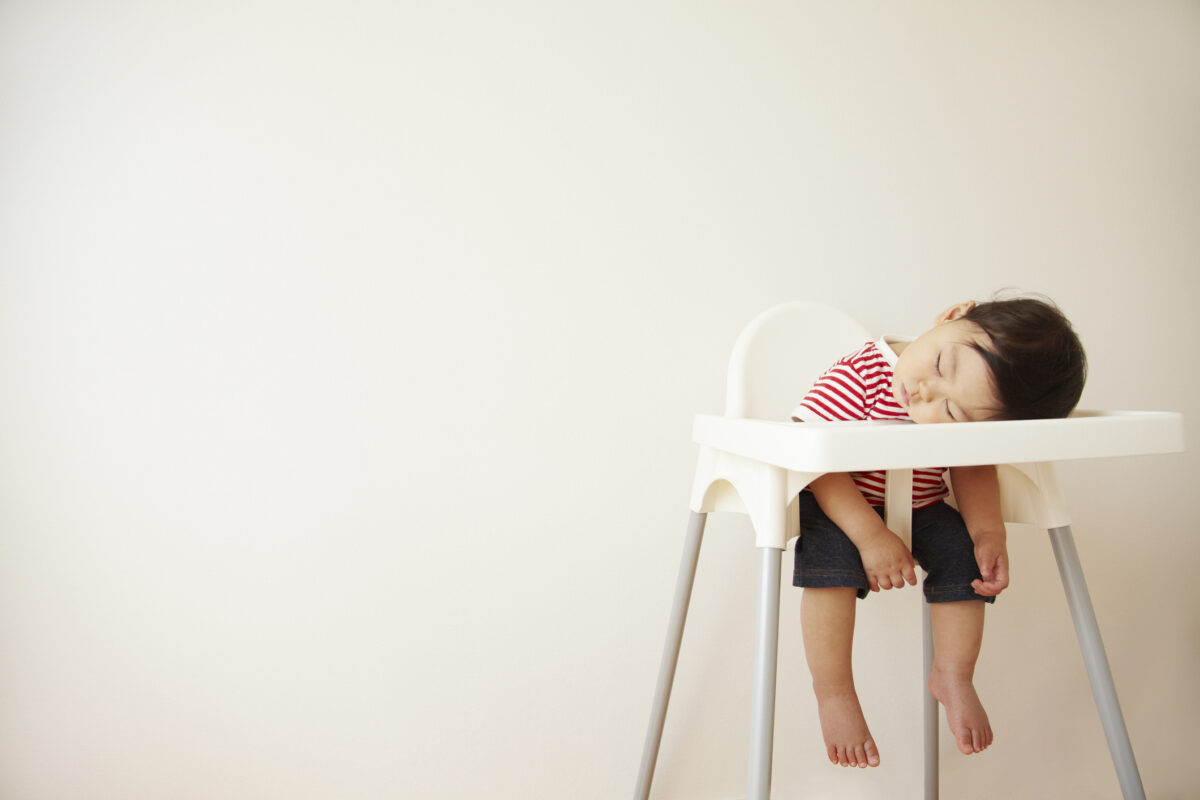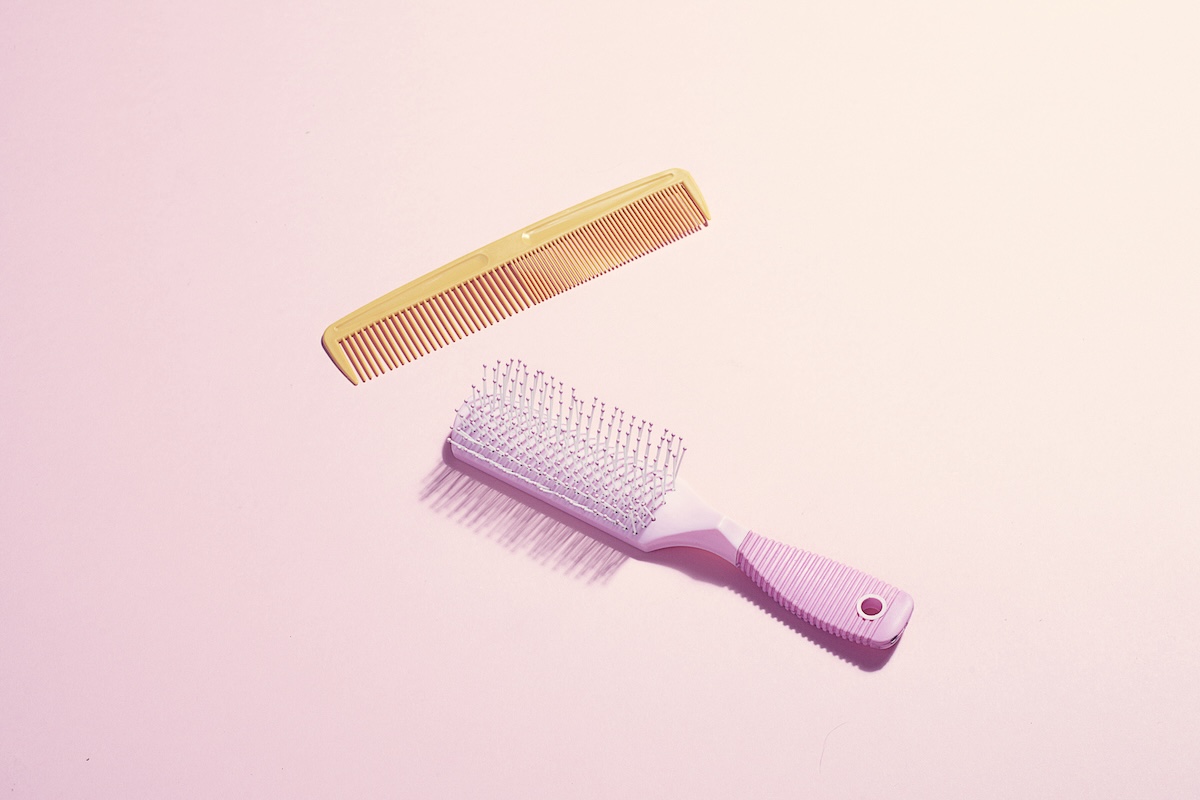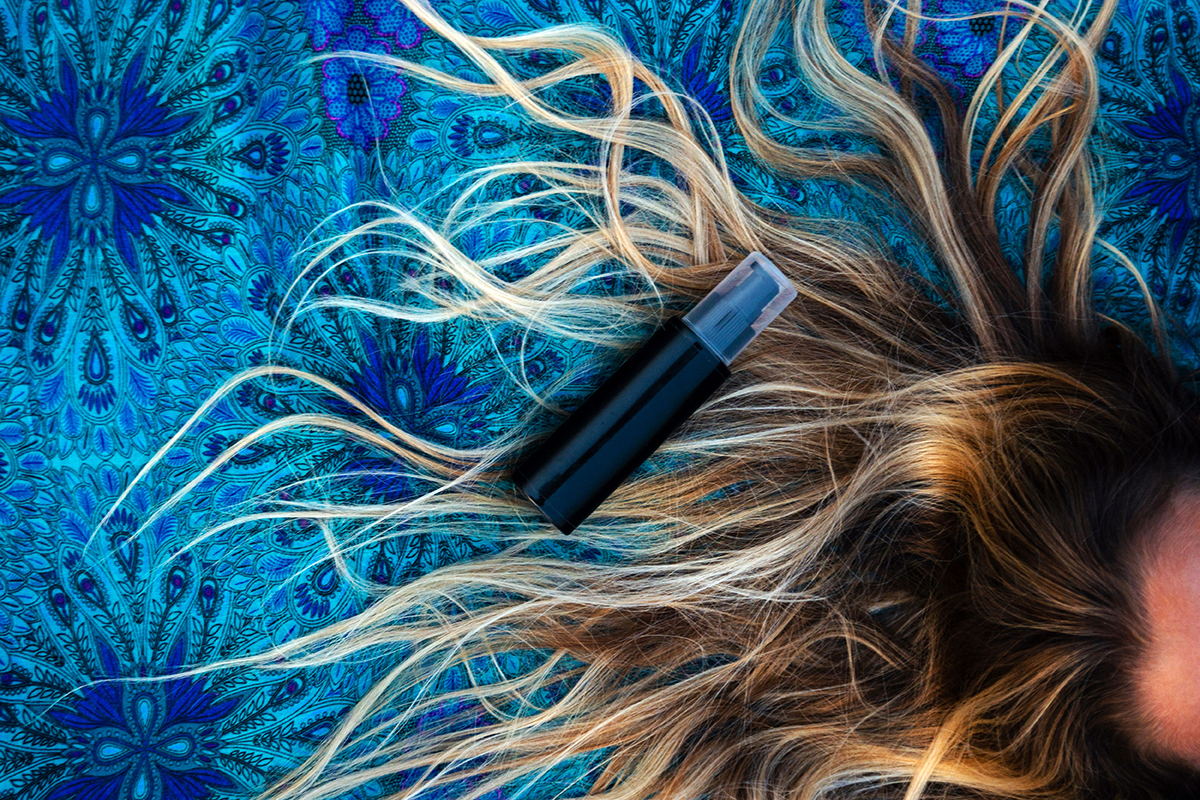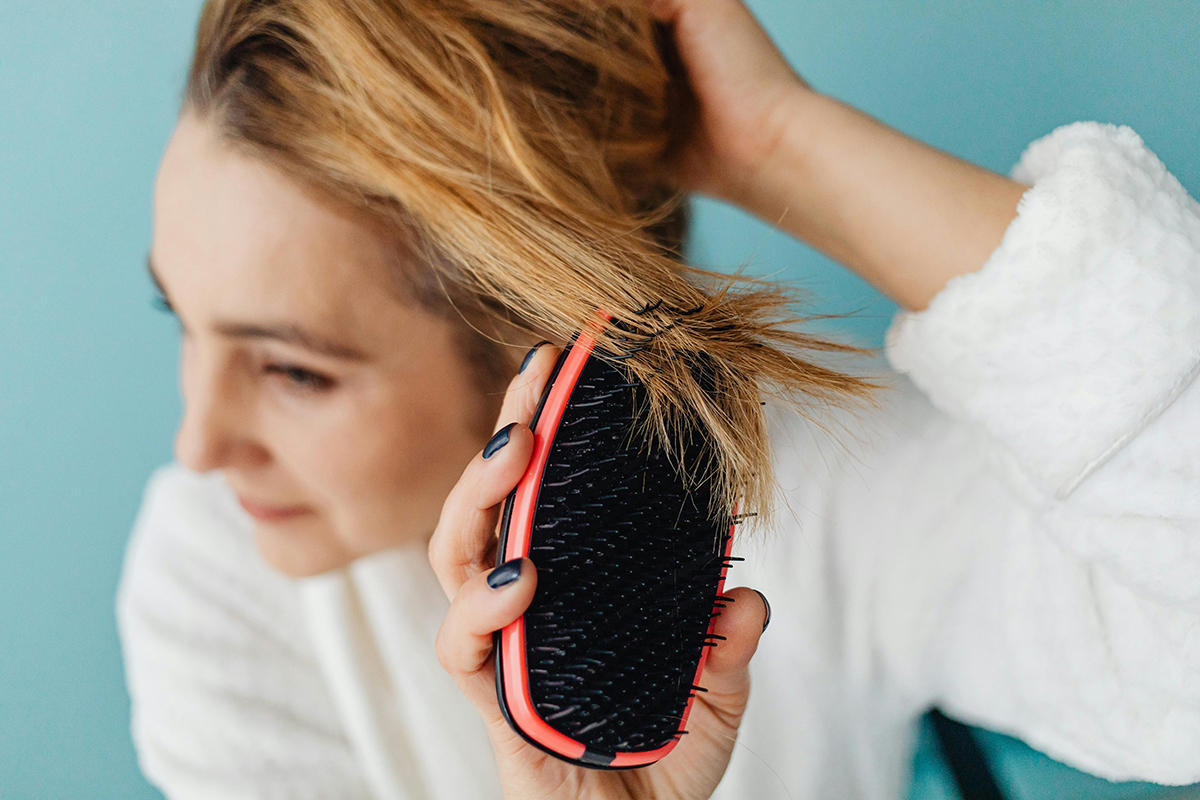I have read a lot about hair loss in women, but curious to understand an increase in hair, especially on my face. Can you help explain the increase of dark, coarse hair on the upper lip and chin as one ages? Any insights appreciated!
–Tweezer slingin’ gal
Over the past several months, my social media ads have shifted from clothes and shoes to vaginal moisturizers and facial hair removal tools in feminine hues. Besides indicating that I am decidedly uncool, I assume this means that many women in their 40s and 50s are looking for ways to remove unwanted facial hair.
In fact, one study surveyed women over age 45. The authors found that 40% of respondents reported increased facial hair growth with the chin being the site of most new growth. But why?

Not surprisingly, the answer lies in the shift in our hormones during the perimenopausal years. Over the course of a normal menstrual cycle, estrogen rises and falls. Testosterone and other testosterone-like hormones collectively called androgens are low in the first half of the menstrual cycle and higher after ovulation.
Estrogen and androgens are similar enough in their chemical structure that they can compete to bind to the same receptors in our skin and hair follicles. When androgens are high relative to estrogen, more androgens can bind to those receptors, and women will have more symptoms. This is why acne is more common in the week or so before your period.
As we progress through perimenopause, estrogen levels still rise and fall, but as periods space out, our bodies spend more time with low estrogen levels. However, for many women, testosterone levels remain about the same. This relative shift in the balance of estrogen and testosterone can cause a number of symptoms. Including acne, body-hair growth, and scalp-hair loss.
Hair growth caused by the relative increase in androgens can be a little tricky to deal with. If it is a few hairs in a small area, electrolysis or laser hair removal may be effective. However, many women experience an overall increase in length and volume of peach fuzz that cannot be effectively treated with electrolysis or laser hair removal and can require more regular removal. There is a topical cream called eflornithine (Vaniqa) that slows the growth of facial hair and makes it less coarse. It is expensive and not typically covered by health insurance. Clascoterone (Winlevi) is currently only approved to treat acne but may also decrease facial hair growth. There is no simple solution here.
The upshot: You are not alone. Many women experience increased facial hair growth after age 45. This is due to the shift in estrogen and androgen levels during perimenopause.
Community Guidelines
















Log in